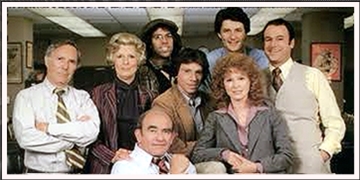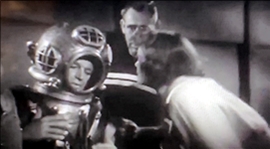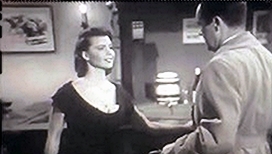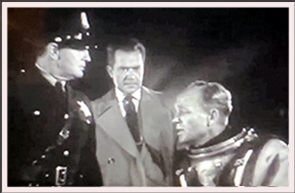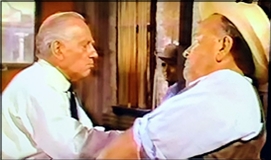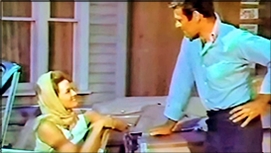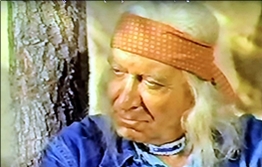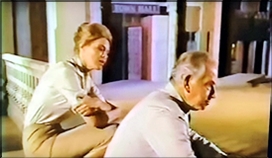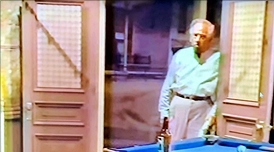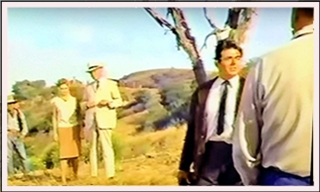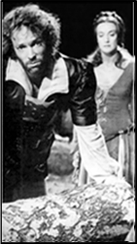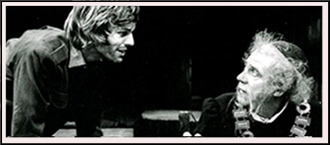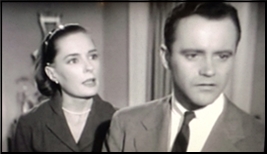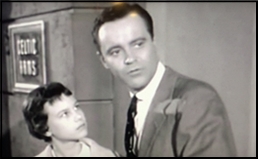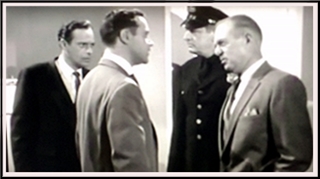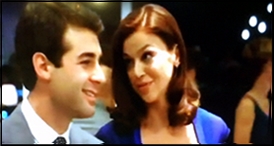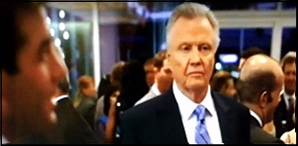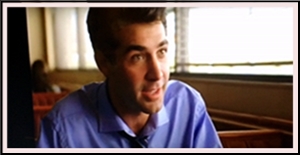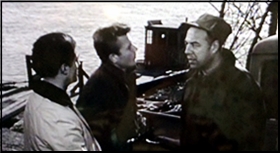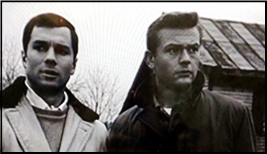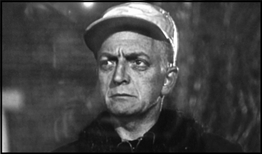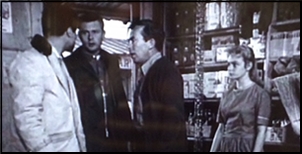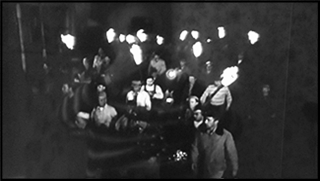Fri 5 Apr 2024
A TV Episode Review: LOU GRANT “Cophouse” (1977).
Posted by Steve under Reviews , TV Drama[4] Comments
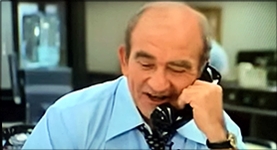
LOU GRANT “Cophouse.” CBS / MTM. 20 September 1977 (Season 1, Episode 1). Edward Asner (Lou Grant), Robert Walden, Rebecca Balding, Mason Adams, Jack Bannon, Daryl Anderson, Nancy Marchand. Created by James L. Brooks, Allan Burns, and Gene Reynolds. Director: Gene Reynolds. Currently available on YouTube here.
I remember watching this on the same night the series premiered, and I know for sure I wasn’t the only one. There have been spinoffs from other TV shows before, but I can’t think of any of them that jarred one’s (well, mine) expectations more. As I’m sure you all know, Lou Grant was Mary’s boss over on her show, which took place in a small TV station in Minneapolis.
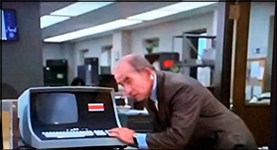
Now that gig is over (I think he may have been fired), Lou is in Los Angeles looking for a job. Thinking of going back to his first love, newspaper work, he tries his hand with the Los Angeles Tribune, where he has an old fiend who might put in a good word for him.
The task seems daunting – he’s been away too long, and the new gadgetry in the city room makes him feel out of place. The Mary Tyler Show was a comedy, as I’m sure you’ll recall, and the first half of this program seems headed in much the same fashion, in an “old guy, new tricks” sort of story line.
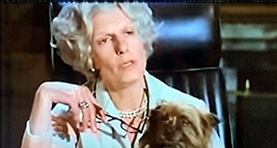
But once a viewer has settled in an old shoes comfortable way, all of sudden he finds that someone has gone off with his slippers. All of a sudden a story breaks out, a real story, a scandal in the making involving a certain precinct of the police department and some underage girls. The current fellow covering the police beat knows about it, but he’s been covering the beat too long and has become in effect one of the club.
Should the paper cover the story or not? The owner of the paper says no, but Lou shows some guff and stands up to her, guff the previous Lou Grant, over at the TV station,seldom had. It’s quite a transition, almost from one semi-comic scene to the next one, with Lou in an instant becoming a tough tough city editor not afraid to tackle serious social issues of the day.
Viewers must have liked it, though. Lou Grant the series was on for five seasons and in that time won all kinds of awards, including 13 Emmys.
